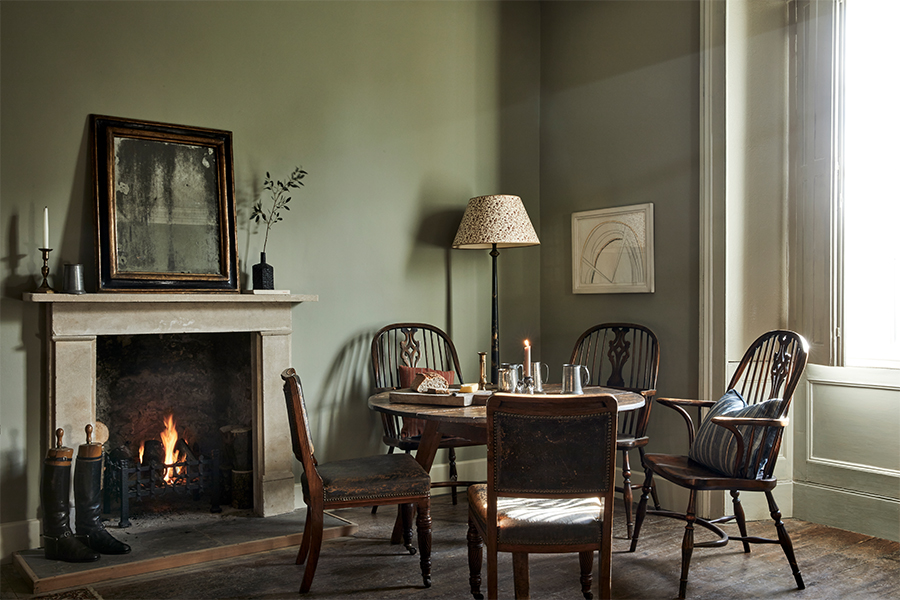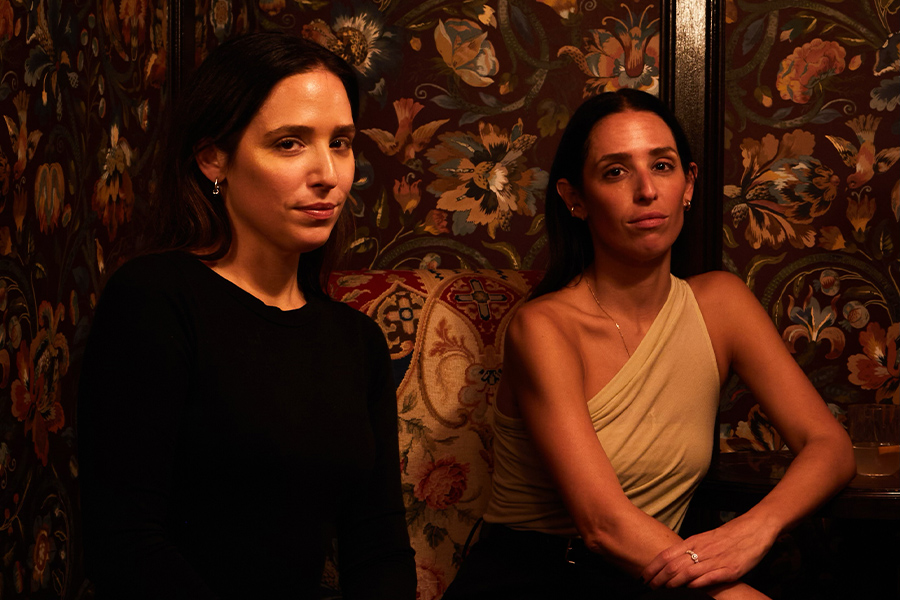Attending a boarding school in northwest England, James Waterworth was frustrated at the lack of creativity in the curriculum. “I’m much better with my hands than I was academically,” he says. His family, on the other hand, encouraged his maker mentality. His sister, working for Condé Nast in the U.S., would mail him copies of House & Garden, while his mother painted and his stepmother, most prophetically, was an antiques dealer. “I grew up with these incredibly beautiful objects around us,” Waterworth says. “There was creativity around me, I just wasn’t aware.”
Without a formal design background, Waterworth’s crash course came when he scored a job with Martin Brudnizki right out of college, eventually helping to launch the firm’s U.S. office in New York. Moving back to London, Waterworth cofounded Alexander Waterworth Interiors, followed three years later by a stint at Soho House as director of design and development. In 2018, he debuted his own design practice, Thurstan (his middle name), with a portfolio spanning a country estate in Wiltshire, England, restaurants in London, and the refurbishment of a 17th-century farmhouse in Italy’s Puglia region. Still to come: a hotel in the south of Lisbon, a private members’ club near Buckingham Palace, and a 12-story hotel in Beijing.

The dining area at the Bradley Hare, a traditional pub with rooms in Warminster, England, features a set of Victorian dining chairs from Thurstan’s antiques warehouse
Taking after his stepmother, a key part of Waterworth’s business is sourcing and curating antiques for buyers and projects (the firm has a 3,500-square-foot warehouse devoted to antiques). “It’s the thing I get most excited about. I get a real rush when I see an old piece of furniture that really speaks to me,” Waterworth says. When finishing a design project, he raids the warehouse, and then fills it again during personal travel, which he schedules around antique shows across the globe. “The one way to make [a hotel] feel like a home is to introduce antiques,” he explains. “There’s suddenly nowhere in the world that can be that room.”
His favorite piece was a 17th-century alpine shepherd’s hutch that he sold to a home. “It’s one of the few things I regret,” he says. “One or two things you come across in your life, no matter what someone offers, you shouldn’t sell it.” Still, a great many of Waterworth’s collected pieces have made their way into a diverse range of projects featuring his eclectic interiors. “People get the wrong idea with antiques as feeling old and stuffy,” he says. “Just having one or two pieces completely transforms the room.”

Fireplaces and natural light warm the communal spaces at the Bradley Hare
This article originally appeared in HD’s August 2021 issue.
More from HD:
NoMad London Captures a New York Sensibility
What I’ve Learned Podcast: Naomi Heaton
4 Urban Development Projects Focus on the Future


